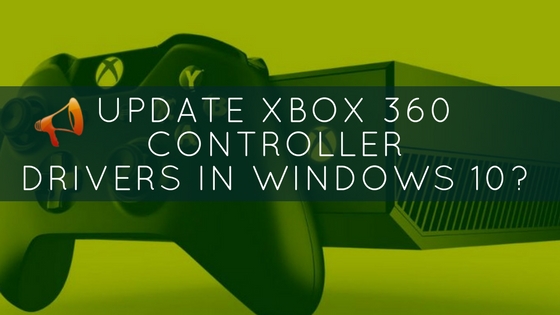When choosing the driver, the support of USB printer IEEE1284 must be chosen to install the correct device drivers for the printer. Install receipt printer with ieee 1284. Controller' [Driver window 7/8/8.1/10. An Alternate Driver in Windows. Mar 28, 2016 Install receipt printer with ieee 1284. Controller' [Driver window 7/8/8.1/10.

Windows 10 update stopped my Parallel (IEEE-1284)-USB adapter cable from working. I assume it’s the 1st September update as I got everything working again after the massive (and annoying) 1607 update.
After much searching I found that older IEEE-1284 cables often do not work with Win10 so I purchased a new one with Win10 drivers. Unfortunately, whenever I try to load the new cable/drivers, the old IEEE-1284 drivers automatically install as soon as I plug the cable in, regardless of the other driver installation.
I checked the box that says do not automatically download updates for drivers, but the ‘IEEE-1284 Controller (Unknown category)’ is already on my system and will not leave! Uninstalling or ‘Removing’ it just means it re-installs itself whenever I plug the cable in.
I do not want to roll back to pre-update Win10 as this will cause subsequent update problems – and it’s a rubbish, very temporary fix at best. The is no ‘update driver’ option available and ‘properties’ in ‘Devices and Printers’ only has two tabs, ‘General’ (with no options to do anything) and ‘Hardware’ (which only relates to the Brother printer driver and the MS ‘USB Printing Support’ driver (10.0.14393.0) – ‘usbprint.sys’ in ‘System32’ folder.)
Please help me remove this IEEE-1284 driver, or at least stop it from loading every time.
Cheers,
Chris
-->A client can select and deselect an IEEE 1284.3 device attached to a parallel port by using the following internal device control requests:
A kernel-mode driver can also use the system-supplied parallel device callback routines that are obtained by using an IOCTL_INTERNAL_GET_PARALLEL_PNP_INFO request. This request returns a PARALLEL_PNP_INFORMATION structure that includes the following pointers to system-supplied callbacks:
Ieee 1284 Driver Windows 7
The TrySelectDevice member is a pointer to a PPARALLEL_TRY_SELECT_ROUTINE callback, which deselects an IEEE 1284.3 daisy chain device or an IEEE 1284 end-of-chain device that is attached to a parallel port.
The DeselectDevice member is a pointer to a PPARALLEL_DESELECT_ROUTINE callback, which selects an IEEE 1284.3 daisy chain device or an IEEE 1284 end-of-chain device that is attached to a parallel port.
The select requests require the least handling by the client because the system-supplied function driver for parallel ports queues the select request for the client if the parallel port is allocated by another client. After the parallel port function driver dequeues the select request, it attempts to allocate the port and to select the IEEE 1284.3 device. The client can cancel a select request at any time because of an acceptable time-out delay or some other device-specific condition.
Note If a client uses only the PPARALLEL_TRY_SELECT_ROUTINE callback to attempt to select a parallel device, and other clients are contending for the parallel port, the system-supplied function driver for parallel ports might never allocate the port to the client. To ensure success, a client must use an IOCTL_INTERNAL_SELECT_DEVICE request. (The parallel port function driver queues, and subsequently processes, port allocate requests and device select requests in the order in which select device requests are received.)
After the parallel port function driver selects an IEEE 1284.3 device for a client, the client has exclusive access to the port and the selected IEEE 1284.3 device. The client must call the PPARALLEL_DESELECT_ROUTINE callback to free the port and deselect the IEEE 1284.3 device. After a client frees the port, the parallel port function driver dequeues a pending request, if any, and processes the request.
Download For Windows 10 Free
Microsoft Windows 2000 supports four daisy chain devices per port; however, Microsoft recommends using at most two daisy chain devices per port. Windows XP supports at most two daisy chain devices per port.